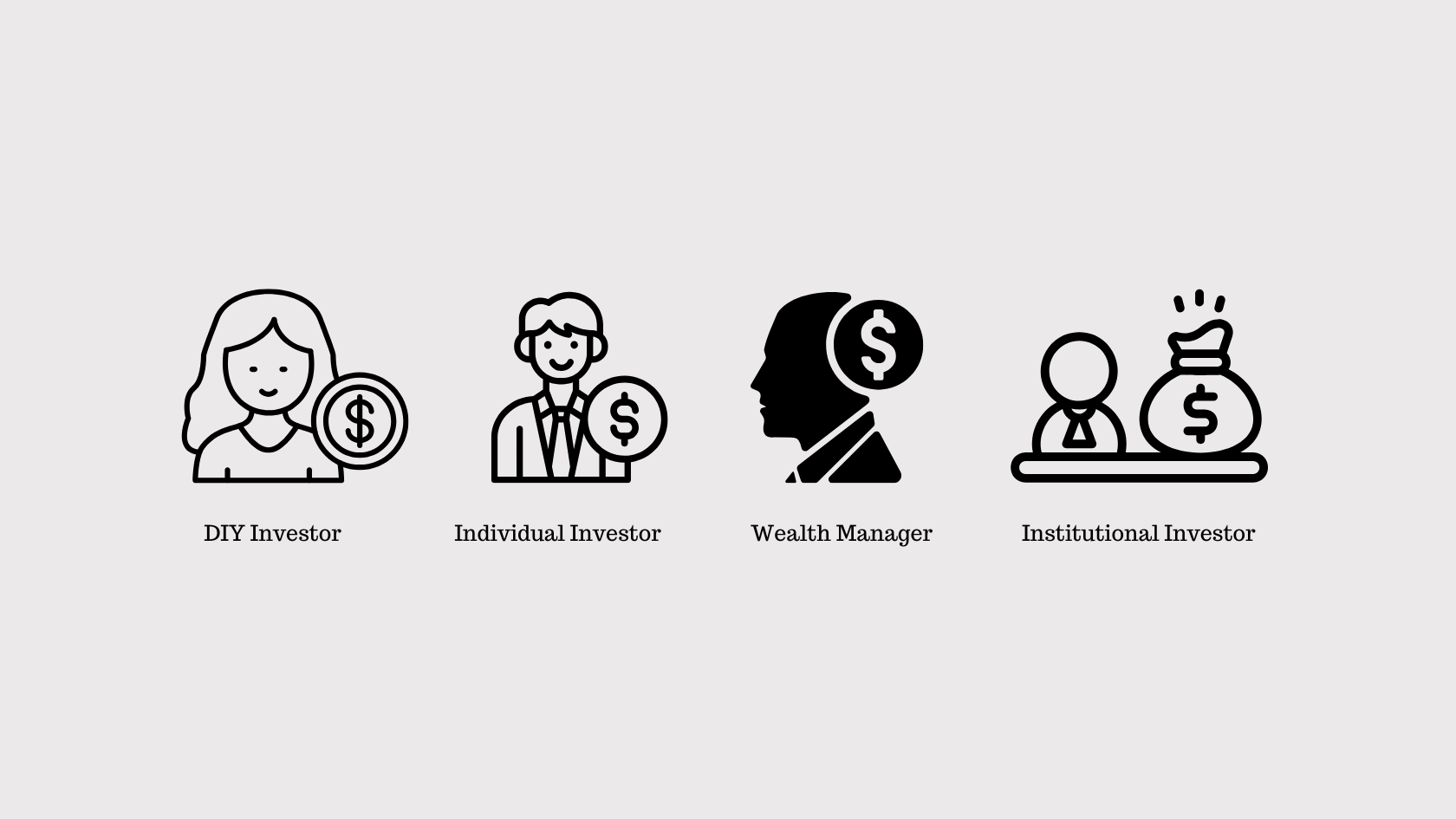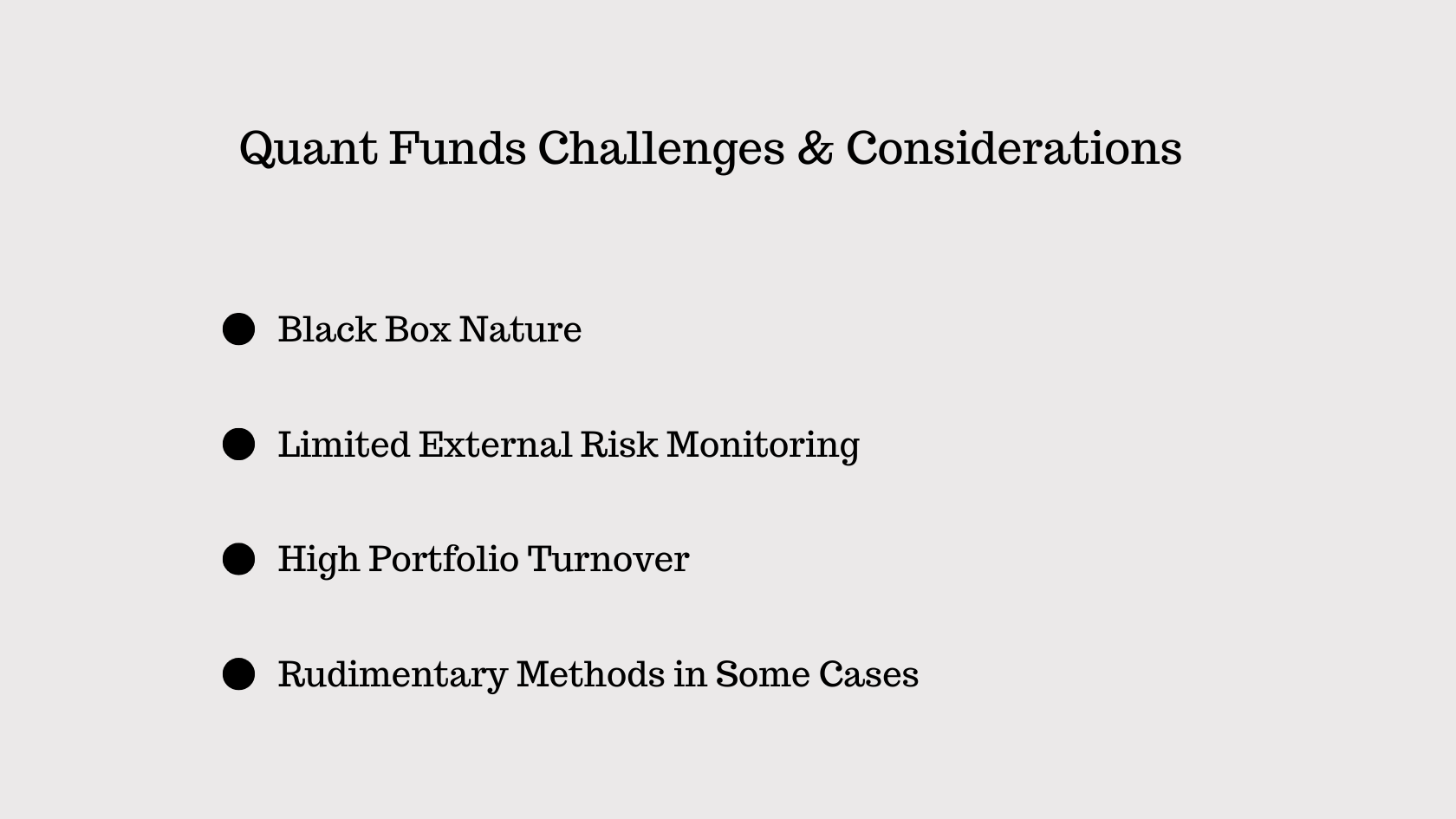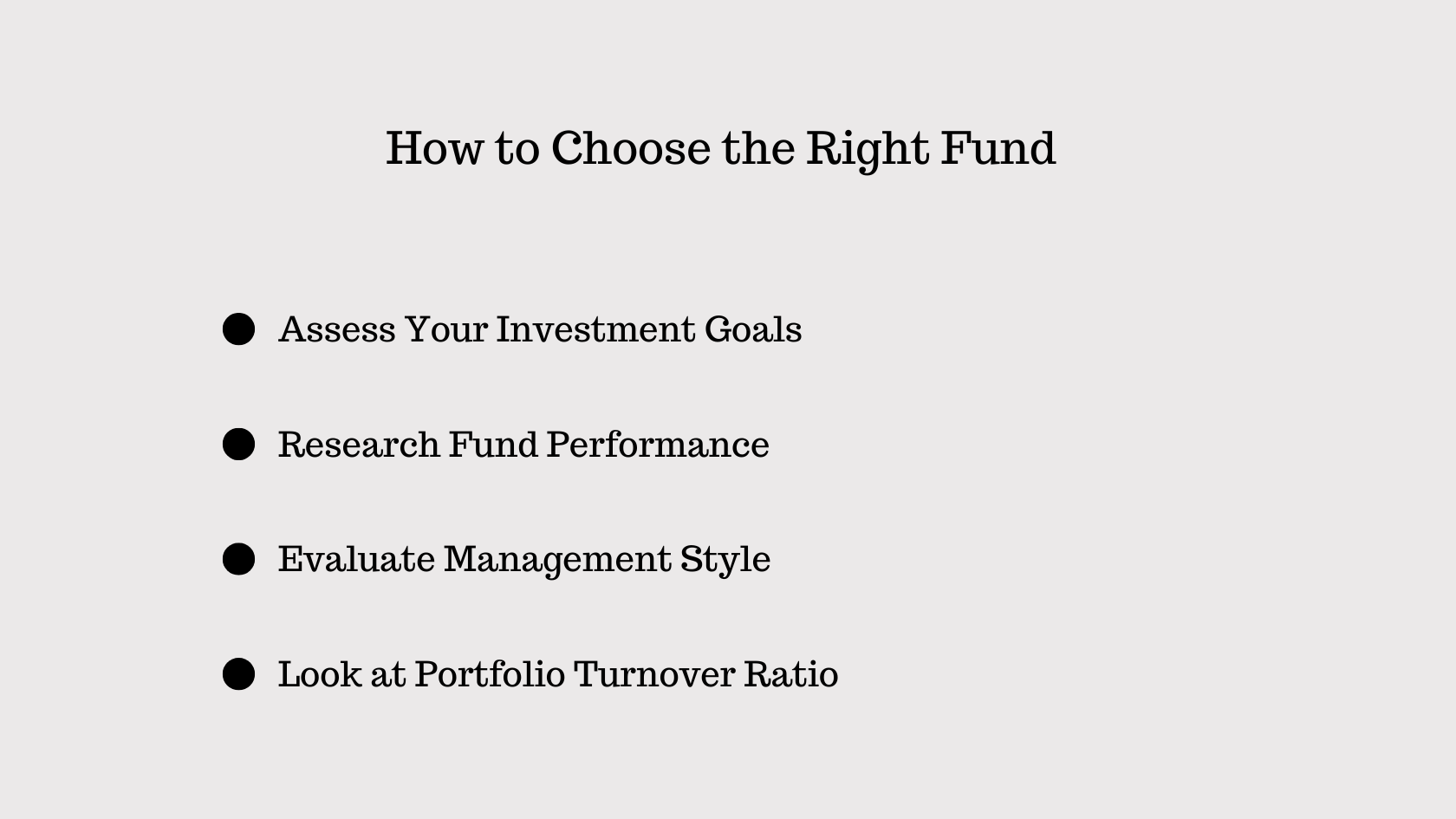In this article
A friend of mine, let’s call him Ravi, came to me with a question. He had been investing in mutual funds and exploring various investment strategies for several years now, sticking with well-known fund managers who made their decisions based on the market trends, company goals, and good old-fashioned gut feeling. But lately, he kept hearing about quant funds – funds that use algorithms, data models, and machine learning to make key investment decisions.
“Should I be worried?” he asked. “Are these AI-driven funds going to take over? Are they better than traditional funds?”
It’s a fair question. The battle between Quant vs traditional funds isn’t just a trend – it’s reshaping how money moves in the market. While traditional funds rely on human expertise and deep market understanding, Quant funds take a data-driven, systematic approach to modern portfolio management, often spotting opportunities human managers tend to miss.
But does that mean one is better than the other? Not necessarily. In this guide, we’ll break down how both the funds work, their strengths and weaknesses, and things that investors should consider before choosing a side.
What Are Traditional Funds?
Ravi had been investing in mutual funds for years, so he had a pretty good grasp of how they worked. He knew that fund managers analyzed economic trends, studied company financials, and made investment decisions based on experience and market understanding. But when he heard about quant funds, he started questioning whether his traditional approach still made sense in the current times.
“All these years, I’ve trusted fund managers to make decisions for me. But now, people are saying algorithms can do a better job. So, what’s the difference?” he asked.
I told him that traditional funds are either actively or passively managed. In actively managed funds, professional fund managers carefully pick stocks, aiming to outperform a benchmark index. In passive funds, on the other hand, like index funds, the goal is simply to match the performance of an index rather than beat it.
“Okay, so my fund manager is actively choosing stocks, trying to beat the market. But how do they decide which ones?” Ravi asked.
Active Traditional Funds
In actively managed funds, everything comes down to the fund manager’s expertise. They study company fundamentals, analyze financial reports, and keep an eye on macroeconomic conditions like inflation, interest rates, and global events.
“But isn’t that a bit subjective?” Ravi pointed out. “I mean, one manager might think a stock is great, while another thinks it’s risky.”
He wasn’t wrong. Unlike quant funds that rely purely on data and mathematical models, active fund managers use a mix of research, intuition, and experience. Sometimes, that works in their favor – allowing them to spot opportunities that algorithms might miss. Other times, human biases can lead to errors.
“But this is how investing has always worked, no?” Ravi asked.
Exactly. Traditional funds have been around for decades and have built their reputation on the ability of seasoned quant funds to navigate markets. But as we’ll see in the next section, quant mutual funds take an entirely different approach, one that relies less on human judgment and more on numbers, patterns, and automation.
What is a Quant Fund?
Ravi listened carefully as I explained traditional funds, but I could tell he still had doubts. “So, if fund managers rely on experience and market knowledge, how do these quant active funds work? Do they just leave everything to technology?”
“Pretty much,” I said with a smile.
Quant-based investing takes a completely different approach from traditional funds. Instead of relying on human judgment, they use mathematical models, algorithms, and data-driven rules to make investment decisions. Every stock pick, every trade, and every portfolio adjustment is based on a systematic strategy, free from emotions or gut feelings.
“That actually sounds… less risky?” Ravi said, raising an eyebrow.
“Yes and no,” I replied. “Quant funds can process far more data than a human ever could, identifying patterns and opportunities in ways traditional fund managers might miss. But the risk depends on how good the algorithm is.”
Types of quant funds can be categorized into either active or passive, just like traditional funds.
Active Quant Funds
Active quant funds don’t rely on human intuition. Instead, they use objective backtested methods to identify potential investments. The goal? To outperform a benchmark by spotting trends and inefficiencies that others overlook.
“So, they’re always crunching numbers?” Ravi asked.
“Exactly. These funds analyze vast amounts of data – stock prices, economic indicators, corporate earnings, even alternative data like social media trends or satellite images – to make investment decisions.”
“That actually sounds pretty powerful,” he admitted. “But what if the model gets it wrong?”
I nodded. “That’s the catch. That is why a quant fund relying completely on machine is risky and does not solve all the traditional funds flaws.”
Passive Funds
Not all quant funds try to beat the market. Some are simply designed to follow it. Passive funds work very similar to index funds – they use simple rules to an index, like the Nifty 50, and adjust their holdings based on predefined rules.
“So, this includes index funds, ETFs etc.?” Ravi asked.
“Pretty much. The difference though is that these funds use quantitative strategies to optimize how they track the index, sometimes improving efficiency or reducing costs. But at the end of the day, they’re not trying to outperform – just to mirror the market’s performance.”
Ravi leaned back, processing everything. “So, quant investing strategies are like high-speed, data-driven versions of traditional funds, but they still have their risks.”
“Exactly. They take human emotions out of investing, but they’re not foolproof. The question is – which approach works best for you?” The answer of which lies in knowing the difference between a mutual fund and quant fund.
Key Differences Between Quant and Traditional Funds
After our discussion, Ravi sat quietly for a moment, piecing everything together. “So, both traditional and quant funds have their own way of doing things. But if I had to compare them side by side, what really sets them apart?”
It was a great question. While both funds work with the goal to generate returns for investors, they take completely different routes to get there. Traditional funds rely on human expertise, deep market understanding, and subjective decision-making. Quant funds, on the other hand, depend on data models, algorithms, and systematic strategies. One is driven by experience, the other by objective processes and systems.
To make things clearer, here’s a direct comparison of the difference between quant and traditional mutual funds across key factors:
Factor | Traditional Funds | Quant Funds |
Decision-Making | Largely discretionary, influenced by emotions and intuition. | Objective, data-driven, systematic, Rule-based, ensuring consistency |
Backtesting | Can’t be backtested due to subjective, human intuition based methods | Objective backtesting for data-backed risk and return estimates & probabilities |
Consistency | Process and performance can vary based on fund manager | High consistent process, which often leads to consistent performance |
Transparency | Often lacks clear methodology, Limited insight into fund manager’s strategies and rationale | Highly transparent with predefined rules |
Accountability | Fund manager cannot be held accountable for performance or process | Fully accountable process through data, models, and objective frameworks |
Cost | Higher fees due to human management | Generally lower fees due to automation and reduced human intervention. |
Performance | Dependent on fund manager’s skill; subject to human biases | Performance based on backtested strategies and consistent, disciplined process |
Risk Management | subjective and based on qualitative judgments; Subject to biases and human error | Data-driven risk assessment & mitigation |
Market Adaptability | Relies on human response to trends | Robust quant models are resilient to various market conditions |
Who Should Consider Quant Funds?
After going through the differences that emerged through Quant Funds vs. Traditional Mutual Funds, Ravi leaned forward. “So, who exactly benefits the most from quant funds? Are they just for big institutions, or can regular investors like me use them too?”
The beauty of quant funds is that they cater to a wide range of investors, from individual DIY investors to large institutions. Their rule-based approach, cost efficiency, and systematic risk management make them a compelling choice for those looking to diversify beyond traditional human-driven investing.
Here’s how different types of investors can benefit from quant mutual funds:

1. DIY Investors
Ravi, like many retail investors, had made investment decisions based on market sentiment before. “I’ve held onto stocks too long out of hope and sold too soon out of fear,” he admitted.
That’s where quant based investing can come in handy:
- Provides a Structured, Long-Term Approach – This approach follow a disciplined methodology with predefined risk-reward profiles, helping investors stick to a plan.
- Eliminates Emotional Biases – Unlike traditional approach followed by DIY investors, where they make decisions driven by fear, market hype, quant approach enable operating without any behavioural biases, ensuring a data-backed approach.
2. Common Individual Investors
For investors who depend on traditional active funds, quant funds offer a direct opportunity to diversify their portfolio.
- Diversify into Quant Funds – Relying solely on human-managed funds can expose investors to subjective decision-making. Adding quant funds introduces a systematic, rule-based approach.
- Transparency, Predictability & Accountability – While quant funds don’t guarantee better returns, the processes they follow are transparent, and actions are predictable and accountable based on pre-set rules. This reduces the ambiguity in fund management.
- Lower Costs & Higher Efficiency – Since quant funds minimize human intervention, they generally have lower expense ratios compared to actively managed funds. In India, the Securities and Exchange Board of India (SEBI) has set the maximum Total Expense Ratio (TER) for actively managed equity mutual funds at 2.25% for the first ₹500 crore of assets under management, with decreasing caps for larger asset sizes., whereas quant funds tend to be more cost-effective due to their systematic approach.
- Access to Cutting-Edge Investment Strategies – Historically, sophisticated quantitative investment strategies were reserved for hedge funds and large institutions. Now, retail investors can access similar strategies through quant investing strategies.
3. Institutional Investors
For large-scale investors, consistency and scalability are key concerns. Quant fund:
- Ensures Predictable Investment Processes – Institutions need repeatable, backtested approaches to ensure reliability in fund management.
- Reduces Dependency on Individual Fund Managers – Traditional funds often face “key-person risk,” where a fund’s performance is heavily tied to a single expert’s decisions. Quant funds remove this dependency by relying on data-driven strategies.
- Scalability – Quant strategies efficiently handle large AUMs (Assets Under Management), allowing institutions to execute trades at scale.
- Superior Risk Management – Systematic backtesting helps quantify risk more effectively, enabling institutions to build more resilient portfolios.
- Enhanced Diversification – Compared to traditional methods, quant funds can implement diversification strategies with greater precision.
4. Wealth Managers
For wealth managers handling portfolios for high-net-worth individuals and family offices, quant funds present an attractive option.
- Select funds based on objective metrics: Quant funds usually provide objective methods to assess a fund’s performance. Thus wealth managers can effectively select funds for each client’s varied needs.
- Benefits of transparency & systematic approach: It is easier for wealth managers to select funds with a transparent process. Not only can wealth managers explain the fund’s process more transparently, but can also hold fund managers accountable for the following process.
- Lower cost: Low cost nature of quant fund management enables cost to be allocated to other manual steps by wealth managers – like client hand-holding, emotion management and education. This way, both fund management and client servicing are taken care of without increasing cost for end clients.
Challenges and Considerations of Quant Funds in India
After much deliberation, Ravi finally invested in quant funds. “No more emotional decisions, just pure data-driven investing,” he told me confidently. But a few months in, cracks started to show. “I don’t even know why the fund is buying and selling certain stocks,” he admitted. That’s when he realized – while quant based investing did offer a completely structured, systematic approach, they come with their own set of challenges – ones which Fidelfolio rule-based investing solve effortlessly.

- Black Box Nature
Quant funds often run on complex, opaque models that don’t always explain their decisions. For investors like Ravi, this lack of transparency can feel unsettling – just like traditional active funds, where fund managers make subjective calls.
Potential Mitigation: Our quant funds offer clear, well-documented investment strategies that explain how decisions are made. - Limited External Risk Monitoring
“If I don’t understand the strategy, how can I assess the risk?” Ravi asked. Like traditional funds where the process is non-transparent and subjective, quant funds are also usually non-understandable and thus non-transparent. So risk monitoring is equally difficult in these quant funds.
Potential Mitigation: We choose funds that emphasize transparency and allow external human oversight in risk management. - High Portfolio Turnover
One day, Ravi checked his portfolio and noticed that the fund had traded stocks far more frequently than expected. “Aren’t we losing money on taxes, transaction and impact costs?” he wondered. High portfolio turnover can lead to additional costs that eat into returns.
Potential Mitigation: Opt for our quant funds, built on rules that prioritize longer investment horizons and lower turnover ratios to reduce unnecessary expenses. - Rudimentary Methods in Some Cases
As Ravi dug deeper, he found that a number of quant funds in India rely on basic factor rules – often using just four or five indicators. “It’s not as advanced as I thought,” he said. While some global funds use complex, AI-driven strategies, India’s market is still evolving.
Potential Mitigation: Look for funds that incorporate deeper, more explainable AI models or rule-based investing strategies for long-term growth – like ours which are built on 300,000+ rules
How to Choose the Right Fund for Your Personal Investment Portfolio
After facing some unexpected challenges with his quant based investing, Ravi wanted to be more methodical in his approach. “I get why quant investing makes sense, but how do I choose the right one?” he asked.
I broke it down for him:

- Assess Your Investment Goals
“Before anything else, you need to define what you want,” I explained. “Are you looking for steady, long-term growth, or are you open to more risk for potentially higher rewards?” Ravi realized that blindly picking a fund without aligning it with his financial goals wasn’t the smartest move. He had to choose a fund whose expected risk-return characteristics matched his needs. - Research Fund Performance
“One, two, or three-year returns don’t tell the full story,” I pointed out. “Look at how the fund has performed in different market conditions. Consistency is key.” We went over performance data to see how various quant funds had fared during economic ups and downs. - Evaluate Management Style
“Do you trust a fully automated approach, or would you prefer some level of human oversight?” I asked. “Many strong funds combine machine efficiency with human intervention for better stability.” Ravi liked the idea of a hybrid model – rule-based yet adaptable. - Look at Portfolio Turnover Ratio
“A fund that constantly buys and sells isn’t always a good sign,” I said. “It leads to higher costs and could mean the long term investment strategy isn’t sustainable” He made a note to check the turnover ratio before making his next move.
With these factors in mind and a clear distinction of Quant vs mutual funds, Ravi felt more confident about navigating the world of quant funds – this time, with a clearer strategy.
As Ravi reflected on everything we had discussed, he leaned back and smiled. “So, it’s not about which one is better, but which one fits me,” he said.
“Exactly,” I nodded. “Quant funds bring discipline, transparency, and a data-driven edge, while traditional funds leverage human expertise and adaptability. Both have their strengths – it all comes down to what suits your investment approach.”
FAQs.
Q. What are quant funds, and how do they work?
Quant funds are investment funds that use algorithms, mathematical models, and historical data to make investment decisions. Instead of relying on a fund manager’s judgment, these funds follow predefined rules to analyze stocks, identify trends, and build a portfolio.
Q. How do quant funds differ from traditional mutual funds?
The key difference lies in how investment decisions are made. Traditional funds rely on fund managers, Quant funds, on the other hand, use a rule-based framework and automated models to pick stocks.
Q. Are quant funds better than actively managed mutual funds?
Quant funds offer transparency, consistency, and the ability to process vast amounts of data quickly, reducing human biases. However, traditional funds benefit from a fund manager’s expertise, which can sometimes outperform models, especially in uncertain market conditions.
Q. What are the key benefits of rule-based investing in quant funds?
Rule-based investing removes emotional biases from investment decisions, leading to more disciplined portfolio management. It ensures a consistent and repeatable process, provides transparency in how investments are selected, and allows for backtesting strategies before implementation.
Q. How do quant funds minimize human bias in investment decisions?
Quant funds rely entirely on algorithms and data-driven models, eliminating subjective decision-making influenced by emotions, market noise, or short-term speculation.
💬 Join Our WhatsApp Channel
Be the first to get investment learning insights, exclusive updates about FidelFolio research, products, and reports, and instant notifications about upcoming webinars. Join our WhatsApp channel and never miss an opportunity to stay informed.
Join WhatsApp Channel